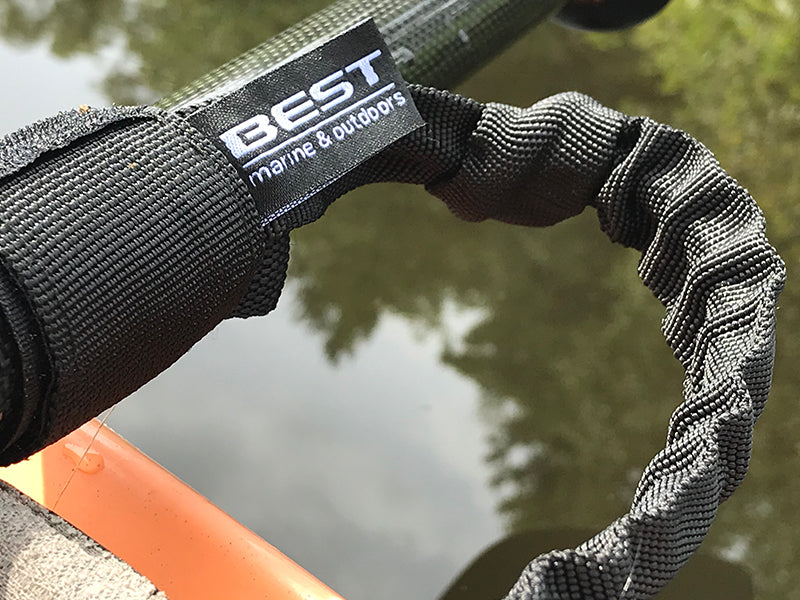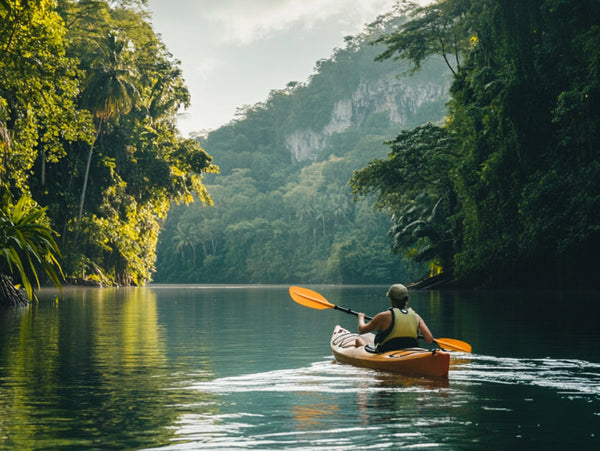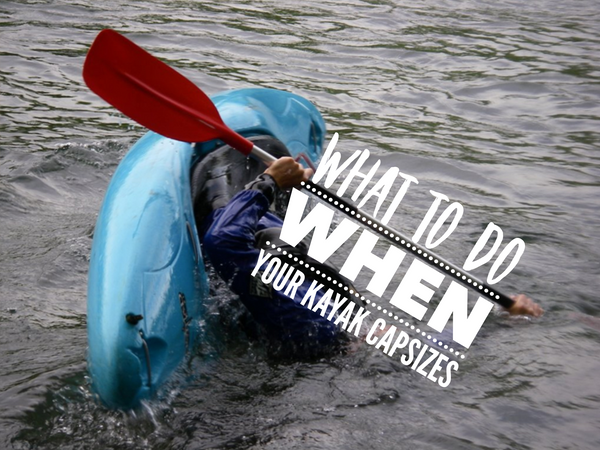Why You Need a Kayak Paddle Leash

While a paddle leash might not be the most exciting accessory you can purchase for your Kayak, it's one of the most essential items on your list.
Whether you're just getting started in the kayaking world, or you're an experienced adventurer with years on the water behind you, a kayak leash will help to keep your paddles safe and give you an extra sense of security when you're enjoying your favorite hobby.
What is a Kayak Paddle Leash?
Your kayak paddle leash is a piece of equipment that anchors your paddle to your kayak. One end of the leash attaches to your life vest or kayak. The other end attaches to the paddle's shaft to keep it secure.
Ultimately, an accessory like our BEST paddle leash ensures that when accidents happen on the water, you're not left "up the creek without a paddle." If you happen to lose your paddle in the water mid-journey, it won't necessary float at the same speed, or in the same direction as your kayak. This means that your paddle ends up away from you in the water, and you have no way of steering your kayak to retrieve it.
Your paddle leash attaches your paddle to your kayak and gives you some much-needed peace of mind. Even if you accidentally "turtle" your kayak (flipping the boat in the water), you won't lose your paddle, and you'll be able to get yourself and your equipment safely back to shore.
A Kayak Paddle Leash is a Crucial Investment
Though anyone with a kayak can benefit from a paddle leash, these accessories are particularly useful for people who use their kayaks to fish. If you're busy trying to reel in a big catch, then it's incredibly difficult to keep hold of your paddle at the same time. With your leash holding your paddle close to your boat, you can focus on collecting your prize, without having to worry about losing your equipment.
Since some larger fish will require more hands-on control, you can even let go of your paddle entirely if necessary, and you'll still be able to reel it safely back to your kayak when you're finished retrieving your fish.
In the past, it was easier to argue that paddle leash accessories weren't necessary when most of the designs on the market were bulky and cumbersome. Now that leashes are increasingly sleek and seamless, they won't get in the way of your kayak experience. Our BEST kayak leash is so easy to use that you won't even notice it when you're in the middle of a kayak adventure.
Kayak Leashes Are Better than Buying a New Paddle
Ultimately, no matter how you use your kayak, a leash should always be a crucial part of your toolkit. No matter how you feel about them, kayak leashes will always be less expensive and less work than having to buy a new paddle. At the same time, when you have a leash on hand, you won't have to worry about making your way back to shore when you have no way of steering your kayak. In some cases, the lack of a paddle can even make your water adventure more dangerous.
Don't take risks with your favorite hobby. Invest in a paddle leash today!
Leave a comment
Comments will be approved before showing up.
Also in Blog

How to Choose the Right Kayak Anchor
Choosing the right kayak anchor can make all the difference when it comes to staying steady on the water. This guide walks you through everything you need to know about selecting the perfect folding kayak anchor

What To Do When Your Kayak Capsizes
Although kayaks are designed for stability no matter the conditions, accidents happen and knowing what to do can help you avoid an unpleasant experience. Preparedness and technique are key components to controlling a sometimes scary situation.


